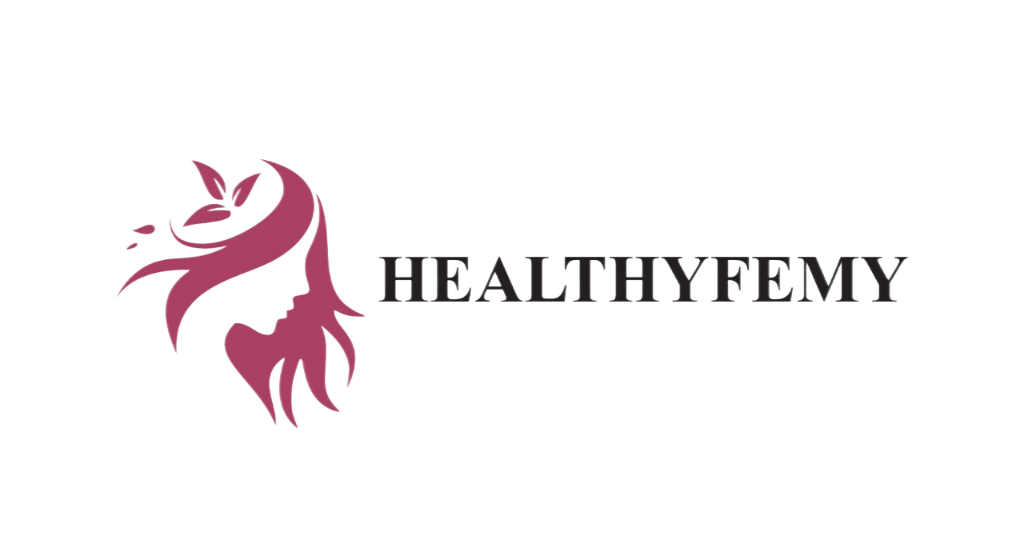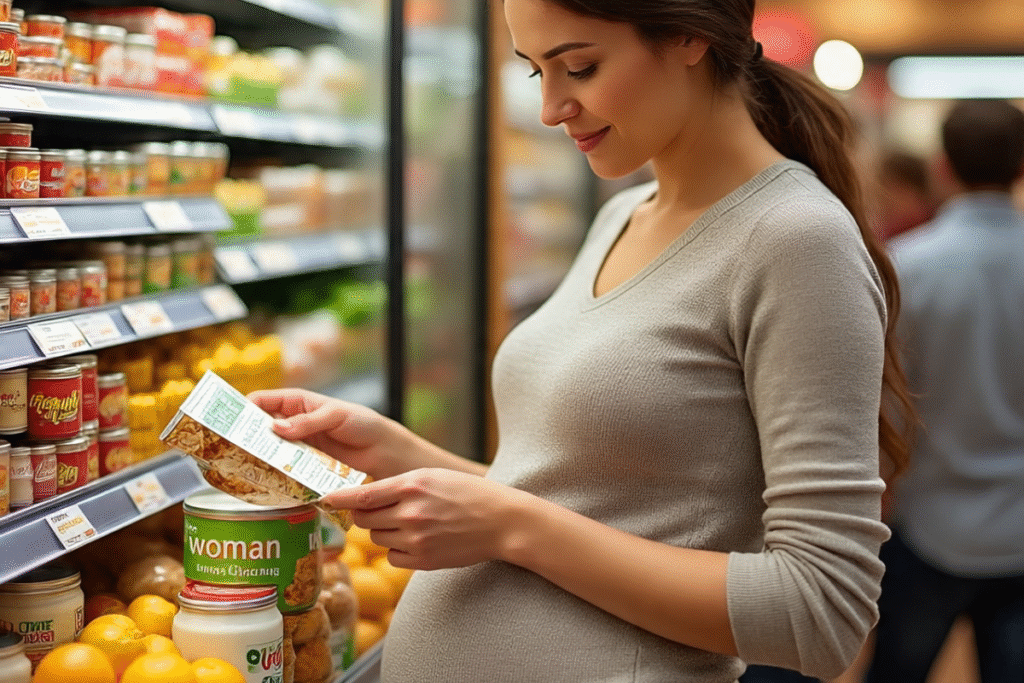Pregnancy is the season of enthusiasm, plan and a thousand small decisions. One minute you are choosing the child’s name, next you are wondering if that soft cheese is safe on your plate. The food suddenly looks like a mine. Most people know about crawings, but real conversation should be about caution.
Knowing foods to escape during pregnancy is not about fear – it is about clear steering of risks you can easily control. You may not have been harmed by a single bite of the wrong thing, yet frequent risk can be taken to dangerous bacteria, toxins, or heavy metals. With a little detection, you can eat with confidence instead of making another estimate of each snack.
Why some foods are risky
When you are pregnant, your immune system works slightly differently. This natural change protects the child, but you are Listeria, Salmonella or E. Food like coli leaves a little more unsafe for diseases. They can slip into everyday food without looking at germs, or without tasting.
Heavy metals like Mercury gives another challenge. They do not cause immediate disease, but can quietly interfere with the child’s developing nervous system. And then there are chemical compounds, naturally present in some herbs or tea, which can stimulate contractions or affect hormones.
The goal is not to create nervousness. The list of foods to escape during pregnancy exists for low risks that you can control. Think of it as a friendly railing, not a cage.
High -risk foods to avoid pregnancy
Below is a complete list of foods and drinks that are worth a large red flag after delivery.
Raw or undercurc
Sushi with raw fish, oyster on half shell, or a bowl of kevic may look innocent, but they can disturb the parasites or bacteria that will normally kill the heat. Food poisoning during pregnancy can be severe and even trigger pre -labor.
Safe Swap: Choose Sushi rolls made with ripe shrimp, crab, or tempura vegetables. Boiled fish and fully ripe seafood still distribute those healthy omega -3 fat.
Some fish high in mercury
The mercury is made in large hunter fishes such as sharks, swordfish, king mackerel and tilfish. High levels can damage a child’s developing brain and nervous system.
Better options: Salmon, sardine, trout, tilapia, and cod are low in mercury and the heart -healthy omega -3S is rich in. Keep your weekly intake of Albakore Tuna to no more than 6 ounces.
Raw meat and chicken
A rare stake or a pink-in-a-mixed burger may look attractive, but undercurled meat toxoplasma, listeria or e. Can take coli. These infections can cause miscarriage or serious complications.
Security Tip: Cook the meat until no pink remains and the juice becomes clear. Use a food thermometer- Ground beef should reach 160 ° F, Chicken 165 ° F.
Daily Meat and Hot Dog
Keeping cold cuts and hot dog refrigerators can also bother Listeria. Bacteria can cross the placenta and cause infection in the child.
Safe approach: If you are craving turkey sandwich or hot dog, heat it until he gives warm steam to kill any gender bacteria.
Unpastirized dairy products
Milk, cheese, or yogurt made from raw milk can contain harmful bacteria. While the pasteurization seems industrial, it simply means that the product was heated enough to kill the germs.
Check the label: Always look for the word “Paschurized” before purchasing a dairy.
Softer
Brie, Camembert, Blue Cheber, Queso Fresco, and Feta can all be risky if made with unpasted milk.
Good news: Many grocery-store versions are now westernized-read the label carefully.
Raw eggs and dishes done with them
Homemade Caesar Dressing, Hollandise Sauce, Tiramisu, or Cookie Flour often contain raw eggs that can carry Salmonella.
Workeround: Use westernized eggs or commercially prepared dressings and desserts.
Unwanted fruits and vegetables
Fresh yield is generally healthy, but can carry toxoplasma or pesticide residues caused in soil.
Simple fix: Wash thoroughly under the running water, scrub the firm-scin fruits, and peel when possible.
Some herbal tea and supplements
“Natural” is not always safe. Herbs such as peniral, nadyapan root, or ginseng can trigger uterine contractions or affect hormone levels.
Stick with: Ginger, Peppermint, or Ruibos, but first confirm with your healthcare provider.
Additional caffeine
Coffee lovers, you do not have to leave it completely. However, high caffeine intake – about 200 mg in a day – is associated with abortion and low birth weight. Remember that chocolate, soda and some pain relievers are also caffeine.
Strategy: Enjoy a small coffee or latte and switch to dicaf or herbal tea for later cups.
Liquor
No amount of alcohol during pregnancy proves safe. Even small amounts of fetal alcohol can increase the risk of spectrum disorders.
Low Line: Leave it completely. Sparkling water with fruit or alcohol -free mocktail can stand in social events.
Everyday foods that require additional precautions
Every risk does not fit neatly in the “never eat” category. Some foods are safe if handled properly:
- The remaining should be hot until heating.
- East-pasted salads can disturb bacteria if left too long-they are fresh and refused.
- Soft-servis ice cream or frozen yogurt is fine if the machine is regularly cleaned; If the hygiene looks suspicious, leave it.
- Buffet items for the development of bacteria can sit in the field of danger. Take small portions from a tray that is freshly filled.
Smart Swap for General Cravings
Pregnancy crawings are mythological, but many have safe options:
- Want Sushi? Try a ripe shrimp Tempura roll or a vegi roll with avocado and cucumber.
- To yearn for the brree? Spread cream cheese on crackers to cut a uniform creamy.
- Dream of a daily sandwich? Heat the meat in a pan until it is steam, then lay it on a toasted bread with veggies.
- Need a caffeine kick? Half-CAF provides a soft lift without going to the overboard (with part control) overboard.
Small adjustment keeps the taste buds happy keeping the risk in mind.
Practical tips for safe food
Even with a complete list of foods to escape during pregnancy, everyday habits matter equally.
- Wash hands with warm water before preparing or eating food.
- Separate raw and ripe foods to prevent cross-polls.
- Cook well – use thermometer instead of estimating.
- If the room is hot, the remaining remains within two hours, or within an hour.
- Ask questions while eating. Restaurants are used for special requests; Do not hesitate to ask whether the cheese is passed or the fish is fully cooked.
These habits not only protect you during pregnancy, but also give a good example for family food security later.
key takeaways
Pregnancy does not mean food or constant concern. It simply tells for awareness. Avoiding high-risk foods-raw fish, undercurcated meat, high-ending seafood, unpected dairy-you dramatically reduce food-borne disease and the possibility of chemical risk.
Think about the list of foods to avoid as an auxiliary roadmap during pregnancy. Once you learn the rules, grocery shopping becomes another nature. Smart swap, careful prep, and some additional questions when eating out you enjoy delicious food while keeping your growing baby safe.
FAQs
Certain foods carry bacteria, heavy metals, or harmful chemicals that can pose risks to the developing baby. Avoiding high-mercury fish, unpasteurized dairy, and undercooked meats helps reduce the chance of infection or developmental problems.
You can safely enjoy soft cheese only if it’s made from pasteurized milk. Unpasteurized cheeses may contain listeria, which can lead to serious complications.
Not all herbal teas are safe. Some blends—like those with licorice root or certain medicinal herbs—can trigger uterine contractions or interfere with hormones. Always check labels and consult your healthcare provider.
Experts generally recommend less than 200 mg of caffeine per day, which is about one regular cup of coffee. Too much caffeine may increase the risk of low birth weight or miscarriage.
It’s best to skip raw fish and shellfish during pregnancy because they can carry parasites and bacteria. Cooked sushi rolls made with low-mercury fish are a safer alternative.


